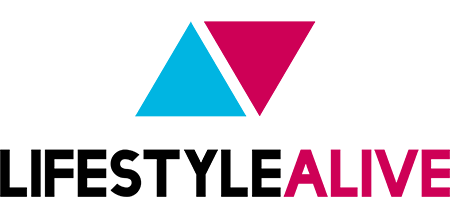In an increasingly digital world, businesses are turning to remote monitoring management (RMM) software to streamline their operations and enhance efficiency. This technology allows IT professionals to manage, monitor, and maintain IT systems from a distance. With 60% of businesses adopting RMM solutions, understanding its benefits can be crucial for those looking to enhance their IT infrastructure.
Benefits of Remote Monitoring Management Software
1. Enhanced Efficiency
RMM software automates routine IT tasks, reducing the need for manual interventions. This automation allows IT teams to focus on strategic projects rather than mundane maintenance tasks, significantly boosting productivity and efficiency across the organization.
2. Proactive Issue Resolution
One of the standout features of RMM is its ability to identify and resolve IT issues before they escalate. By monitoring systems continuously, RMM software can detect anomalies and alert IT staff to potential problems, preventing downtime and minimizing disruptions to business operations.
3. Cost Savings
Implementing RMM software can lead to significant cost savings. By reducing the need for on-site IT support and minimizing system downtime, businesses can lower operational costs and allocate resources more effectively. Moreover, the predictive maintenance capabilities of RMM can help avoid costly repairs and replacements.
4. Improved Security
With cyber threats on the rise, maintaining robust security is more important than ever. RMM software enhances security by providing real-time monitoring and alerts for suspicious activities. It can also ensure that all systems are up-to-date with the latest security patches, protecting sensitive data from breaches.
5. Scalability
As businesses grow, their IT needs evolve. RMM software offers scalability, allowing organizations to manage an increasing number of devices and users without compromising performance. This adaptability ensures that the IT infrastructure can grow alongside the business, supporting its expansion and development.
6. Comprehensive Reporting
RMM software provides detailed reports and analytics, offering insights into system performance, security status, and other critical metrics. These reports enable IT teams to make informed decisions and optimize their strategies for better outcomes. By understanding system trends and performance, businesses can plan for future needs more effectively.
7. Remote Access and Support
RMM software allows IT professionals to access and troubleshoot systems remotely. This capability is invaluable for businesses with multiple locations or remote workers, as it reduces the need for on-site visits and enables faster issue resolution. Remote access ensures that IT support is available whenever and wherever it is needed.
Conclusion
Remote monitoring management software is a powerful tool for any business looking to optimize its IT operations. By enhancing efficiency, improving security, and offering scalability, RMM provides numerous benefits that can lead to substantial cost savings and better overall performance. As technology continues to evolve, the adoption of RMM solutions is likely to become a key factor in maintaining a competitive edge in the business world.

